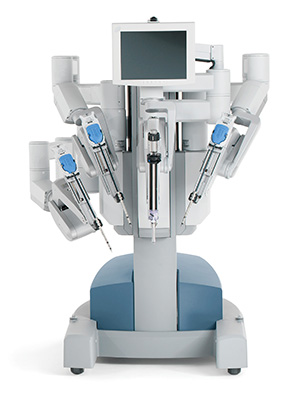Week 4: MedTech and Art
This class has widened my scope in understanding what art is. I had this perception of art as simply paintings or digital drawings, but I have realized that it is so much more. In Professor Vesna's lectures she goes in depth into how art originated out of medicine and now how the two disciples work hand in hand.
She broaches some breakthroughs in the medical community, such as magnetic resonance imaging (MRI) and the X-ray, that later influenced contemporary art. One such example that author Silvia Casini discusses in her MRI as Mirror and Portrait article is Justine Cooper's video animation, RAPT I (1998). Additionally, Yale graduate and bioengineer Donald Ingber promotes the idea of how architects utilize the tensegrity structure found in the cytoskeleton of cells. Not only does this particular shape "balance tension" and make life possible, but it has also led to some beautiful works, like geodesic domes popularized by Buckminster Fuller.
| Buckminster Fuller's Geodesic Dome |
 |
| Stelarc's Third Hand |
Perhaps the most evolutionary artwork that changed the scope of modern medicine was rooted in the Renaissance. Leonardo da Vinci, who "dedicated himself to scientific studies in anatomy, biology, and physics," commissioned several artists to construct machines he had designed that resembled modern day surgical hands. This laid the foundation for Stelarc's Third Hand (1980). Stelarc was a performance artist that created a mechanical hand with the capacities to "pinch-release, grab-release, and rotate counter-clockwise." However, the question is: how does this lead to innovations in medicine?
 |
| Leonardo da Vinci's Crossbow Machine |
 |
| Intuitive Surgical's Da Vinci Machine |
In 2015, Intuitive Surgical designed the first ever "self-performing surgical minimally invasive operating robot." The Da Vinci machine has steel arms, and so far has a surgical success rate of over 98%. To function, it must be controlled by an human surgeon who sits behind the patient, stares through a screen, and acts as the "eyes of the robot." The machine is able to reach tiny crevices in the patients organs that regular doctors cannot.
Other radical artists take their own approach to performance art. Diane Gromala's work with VR particularly resonates with me. She suffers from some unspecified chronic pain, and in my case I was recently diagnosed with chronic irritable bowl syndrome. Her way of coping with lifelong pain through art captivates me as it gives me mental strength in knowing that pain is only a disability if you make it one. Her work, along with others mentioned above, has made me broaden my definition of art.
References
“Da Vinci: Machines.” LRMA, www.lrma.org/exhibition/leonardo-da-vinci-machines/.
Sterlarc. “THIRD HAND.” STELARC, stelarc.org/?catID=20265.
Casini, Silvia. “Magnetic Resonance Imaging (MRI) as Mirror and Portrait: MRI Configurations Between Science and Arts.” (n.d.): n. pag. Web. 28 Apr. 2019.
Vesna, Victoria. “Medicine Parts 1-3.” Lecture. Web. 28 Apr. 2019.
Talks, TEDx. “TEDxAmericanRiviera - Diane Gromala - Curative Powers of Wet, Raw Beauty.” YouTube, YouTube, 7 Dec. 2011, www.youtube.com/watch?v=cRdarMz--Pw&t=519s.
Stelarc. Third Hand. Photograph. 1980. https://stelarc.org/?catID=20265
Ingber, Donald E. “The Architecture of Life.” Scientific American: Feature Article: The Architecture of Life: January 1998, time.arts.ucla.edu/Talks/Barcelona/Arch_Life.htm.
da Vinci, Leonardo. Crossbow Machine. Photograph. 1491. https://www.1st-art-gallery.com/Leonardo-Da-Vinci/Crossbow-Machine.html
Fuller, Buckminster. Geodesic Dome. Photograph. 2014. http://www.bbc.com/culture/story/20140613-spaceship-earth-a-game-of-domes
Intuitive Surgical. Da Vinci Machine Model One. Photograph. 2015. https://www.davincisurgery.com/404













